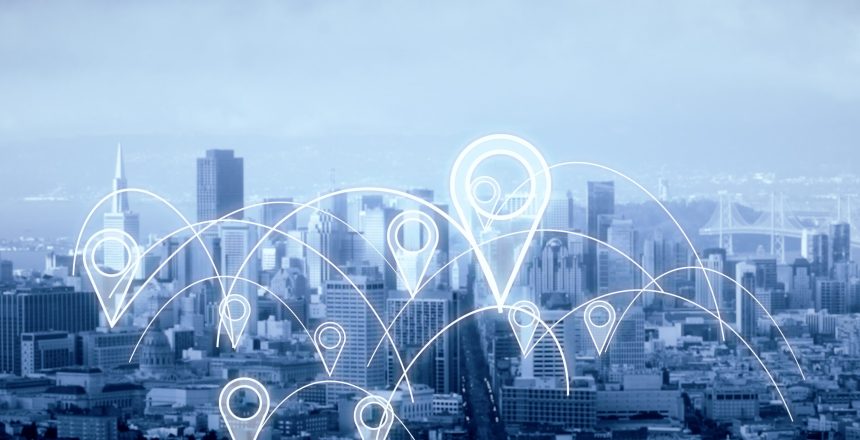Location data: it’s useful.
C-suite execs use it to identify new markets and improve customer service. Retailers use it to understand who comes to their store. Car dealers use it to know if you’ve been near one of their lots lately.
It’s an essential tool in any marketer’s arsenal, providing insight into user behavior, consumption habits, and identity. That last one is key: location-based data is an essential tool in identity resolution, one of the most important marketing issues of our time (and future times).
By understanding location-based data and its impact on creating the full view of a person, marketers can deliver tailored messages that increase the relevance of their content. This increases the likelihood that the person becomes a customer — that the person near their Audi dealership actually goes in and buys a car.
You can work your way from an incomplete picture to a fuller one.
First-time users who can’t be matched with existing records can still be identified on a basic level as belonging to a specific geographic area. This information can be used to select regional-specific content or offers to show them.
Some companies extend this thin thread of data by using demographics or data tracked from existing users in the same area to create a better picture of who that person might be.
But “might” isn’t good enough.
Self-identifying techniques work… if you have access to them.
To move beyond a “best-guess,” you need to link location data with personal information. One of the easiest ways to do this is by getting the customer to self-identify. If the user signs into an account and provides their own info, you can match the location data to that specific user. You can also use data enrichment techniques to link demographic info to location information.
But what if you don’t have access to self-identifying techniques? Most marketers don’t.
MAIDs are a big part of the process.
Another way to link location data to personal information is by using MAIDs, or Mobile Advertising IDs. These are identifiers provided by the operating system on a user’s mobile phone. Both Google and Android phones issue them, and you can use them to identify who is using your app.
By cross-referencing this data against a database (preferably a large one) and then combining it with location and other data, you can begin to link devices with specific users. Now you’re getting warmer.
The ultimate goal is to have enough information to match a customer across multiple devices and channels. By combining location data with other data points, such as email addresses, you can begin to match a user across all the devices and channels they use.
Bridge has full, 360-degree views of the 250 million people in its database. We’ve resolved their identities, so we know they’re real and verified.
Our verified people are linked by email, postal addresses, mobile devices, and desktop. We can reach them while they scroll through their Instagram feeds, check sports scores on a work desktop, or watch Connected TV at home. It’s the upside of having clean data that’s collected the right way (more on that in a moment).
Location-based data plays a huge impact in resolving people’s identities. It also allows for advanced targeting tactics, like the aforementioned car dealership example. Once you’ve used location-based data to resolve someone’s identity, you’ll have a highly-detailed window into that user’s behavior, including a 360-degree view of who they actually are. This makes it easier to deliver them a compelling message.
Once you’ve accomplished identity resolution, you can do all sorts of cool things with location data.
Let’s go back to the auto dealership example. If you’ve resolved someone’s identity, and you know they’re interested in buying a car (because they’re searching for car insurance online, or have recently downloaded an app like TrueCar) and you know they went to a car lot, that makes them a red-hot lead. And since you know it’s them, you’re not confusing their location data with someone else’s (their spouse, their friend, an employee, a delivery guy, the mailman, etc.).
Or you’re targeting people who deliver food to an office building. With the right location data (and resolved identities) you can make sure you’re targeting them, and not people who work in the office building.
Make sure your data partner collects everything the right way.
Whichever data partner you choose, make sure that their data is first-party and ethically sourced. This means that their data is GDPR-compliant and meets the highest industry privacy standards.
At Bridge, we take transparency seriously. We recently joined the Digital Advertising Alliance, a non-profit that establishes and enforces responsible privacy practices across the digital ad industry. We’re also in favor of a national data privacy law.
With well-sourced location data (and resolved identities) you’ll know more about your users, and deliver messages that cut through the noise.







